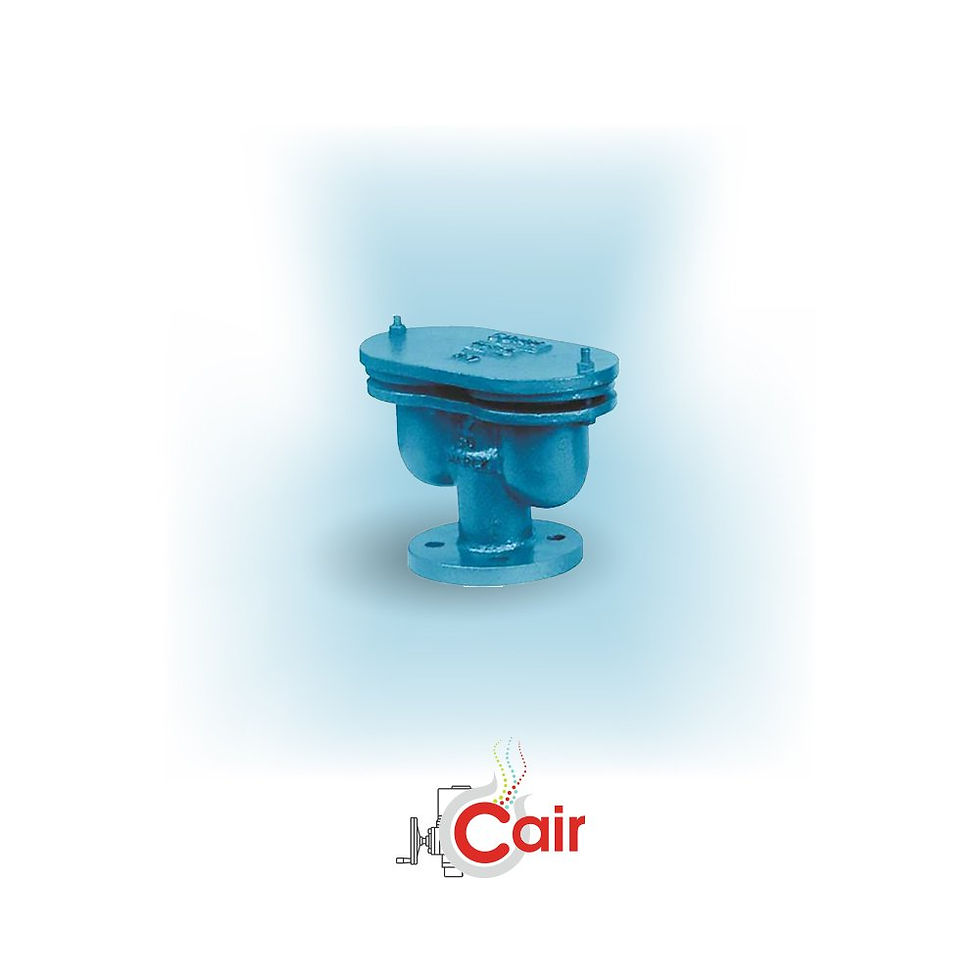The Science Behind Air Single and Double Valve Functionality
- resilientgatevalve
- Sep 11, 2023
- 3 min read
In the world of pneumatic systems and industrial machinery, air valves play a crucial role in regulating the flow of compressed air. Among the various types of air valves, single and double valves are commonly used for different applications. But have you ever wondered what makes them distinct and how they function? In this comprehensive guide, we will delve into the science behind air single and double valves functionality, exploring their mechanisms, applications, and advantages.
Air valves are indispensable components in pneumatic systems, enabling precise control over the flow of compressed air. They find applications in a wide range of industries, from manufacturing and automation to automotive and aerospace. Among the variety of air valves available, single and double valves are two fundamental types that engineers and technicians often work with.
Understanding Pneumatic Systems
Before we dive into the intricacies of air valves, it's essential to grasp the basics of pneumatic systems. These systems utilise compressed air to perform mechanical work, such as moving cylinders, actuating tools, and controlling various processes. Pneumatic systems are known for their efficiency, reliability, and ease of use.
The Basics of Air Valves
Single Valves
Single valves, as the name suggests, are designed to control a single pneumatic actuator or component. They act as on/off switches for the flow of compressed air to the designated device. These valves are commonly used in applications where simple on/off control is sufficient.
Double Valves
On the other hand, double valves, also known as 4/2-way valves, provide more advanced control over pneumatic systems. They can switch between two separate air passages, allowing for more complex functions like reversing the direction of a cylinder's movement. Double valves are preferred in applications that require precise and dynamic control.
How Single Valves Work
Single valves operate on a straightforward principle. When activated, they either allow compressed air to flow to the connected device or block it completely. This binary action makes them suitable for applications such as turning a machine on or off.
The Functionality of Double Valves
Double valves, with their additional pathways, offer greater flexibility. They can switch between different air passages, altering the direction of air flow and consequently the movement of pneumatic actuators. This enables fine-tuned control and is often used in applications that require variable speeds or precise positioning.
Applications of Single Valves
Single valves find applications in various industries. They are commonly used in:
Automated Assembly Lines: Single valves control the activation and deactivation of specific assembly line components.
Pneumatic Tools: They power pneumatic tools like drills, grinders, and nail guns.
Vehicle Braking Systems: In automotive applications, single valves are employed in braking systems for reliable and rapid air pressure adjustments.
Applications of Double Valves
Double valves, with their enhanced functionality, are used in more complex scenarios, including:
Conveyor Systems: These valves manage the direction and speed of conveyor belts in manufacturing facilities.
Machine Automation: In sophisticated manufacturing processes, double valves control the precise movements of robotic arms and machinery.
Aerospace: Double valves are crucial in aerospace applications for precise control of landing gear and other critical functions.
Advantages of Single Valves
Simplicity: Single valves are easy to install and maintain due to their uncomplicated design.
Cost-Effective: They are often more budget-friendly compared to their double valve counterparts.
Reliability: Single valves are known for their durability and long lifespan.
Advantages of Double Valves
Precision: Double valves offer precise control over pneumatic systems, making them ideal for applications requiring accuracy.
Versatility: Their ability to control multiple air passages adds versatility to a system.
Efficiency: Double valves can optimize air flow, reducing energy consumption in some applications.
Choosing the Right Valve for Your Application
Selecting the appropriate valve depends on the specific requirements of your pneumatic system. Consider factors such as the desired level of control, the complexity of the application, and your budget when making your choice.

Maintenance and Troubleshooting
Regular maintenance is key to ensuring the longevity and performance of air valves. Periodically inspecting for leaks, cleaning components, and replacing worn parts are essential practices. When issues arise, troubleshooting should be done systematically to identify and resolve the problem promptly.
Future Developments in Air Valve Technology
As technology continues to advance, so does the field of air valve technology. Expect innovations such as smart valves with integrated sensors and improved energy efficiency to shape the future of pneumatic systems.
Conclusion
The science behind air single and double valve functionality is fascinating and critical to numerous industries. Whether you need simple on/off control or precise manipulation of pneumatic systems, understanding these valves' principles and advantages is vital for efficient operations.
Comments